Tresca TCA-1 review
Has this lightweight aluminium bike from a boutique British brand got what it takes to challenge the American heavyweights?
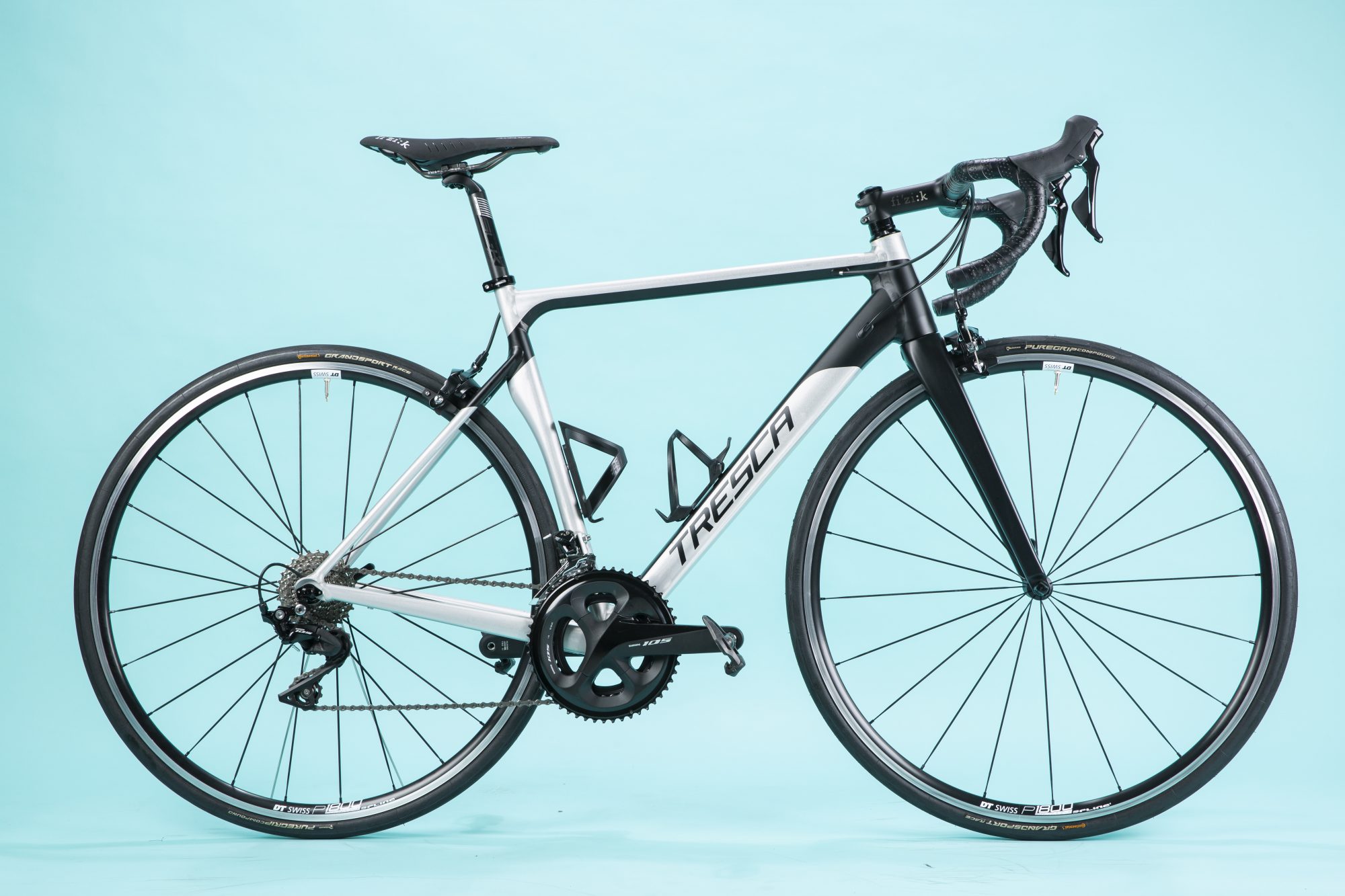
This is a data-driven, performance-led, innovative frame that is lightweight, fast and fit for racing. It’s also very competitively priced, making a bike from a boutique British brand just as accessible as one from the American globals while being arguably more desirable. Each rider looks for something slightly different in a bike’s ride feel and handling so whether or not it is the ‘ultimate aluminium bike’ will be a subjective judgement but for fast, punchy riding it’s got to be up there with the best in its class.
-
+
Racy ride
-
+
Lightweight
-
+
Caché of boutique brand
-
-
Slightly dull paintjob
You can trust Cycling Weekly.

Tresca is a new London-based collective made up of an industrial designer, an aerospace engineer, a pro bike mechanic and an accountant who put their heads together and came up with a bike that they say can challenge the global brands not only on performance but also on price thanks to in-house design and an optimised business model.
To help keep costs down there are just three sizes on offer, three complete build options and just one minimal paint scheme. This 105-equipped model clearly has the Specialized Allez Sprint and the Trek Emonda ALR in its sights.
Tresca’s very ambitious stated aim was to create the ultimate aluminium bike, so the first step was to test the market leaders’ frames, simulate them by 3D modelling them and then run a series of tests in FEM (finite element modeling), a common engineering tool. Once they had the baseline values for the competitor frames they tested their own design against them with the goal to exceed them in all areas.
If that all sounds familiar it’s because this is pretty much the process followed by all the big bike brands who design from scratch, but it’s not normally what you’d expect from a small start-up like Tresca. The manufacturing of the Tresca frame takes place in Taiwan but Tresca is keen to highlight that all the design work was theirs.
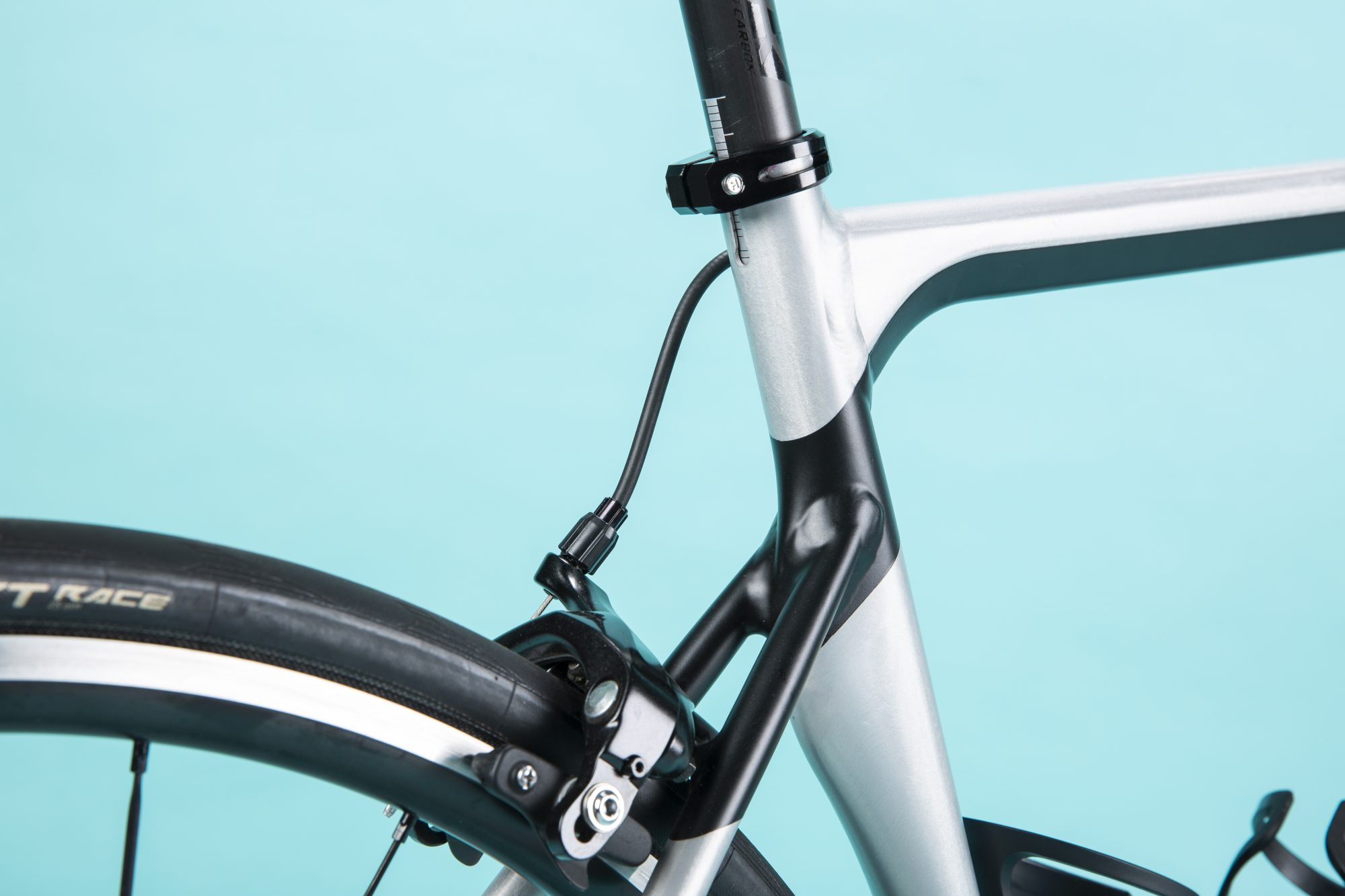
There are the sort of complex tube shapes you’d normally see on a carbon frame such as an aero bulge at the rear of the seat tube, lowered seatstays and at its end, the seat tube flattens to the whole width of the BB shell to increase pedalling stiffness offset by a narrow 25.4mm carbon seatpost to increase comfort. There’s a tapered head tube for steering rigidity – every element of the frame has been carefully planned and tested.
Cable routing is all internal, with a particularly neat concealing of the rear derailleur cable through the chainstay, exiting the rear of the dropout hood.
Other highlights are a threaded BSA bottom bracket shell rather than creak-prone press-fit and a lightweight rim-brake set-up only.
Tresca says the minimal black/bare metal scheme is intended to show off the high-quality welding rather than covering it up and run the risk of the frame being mistaken for cheap carbon. It has an industrial aesthetic which could be interpreted as lacking personality.
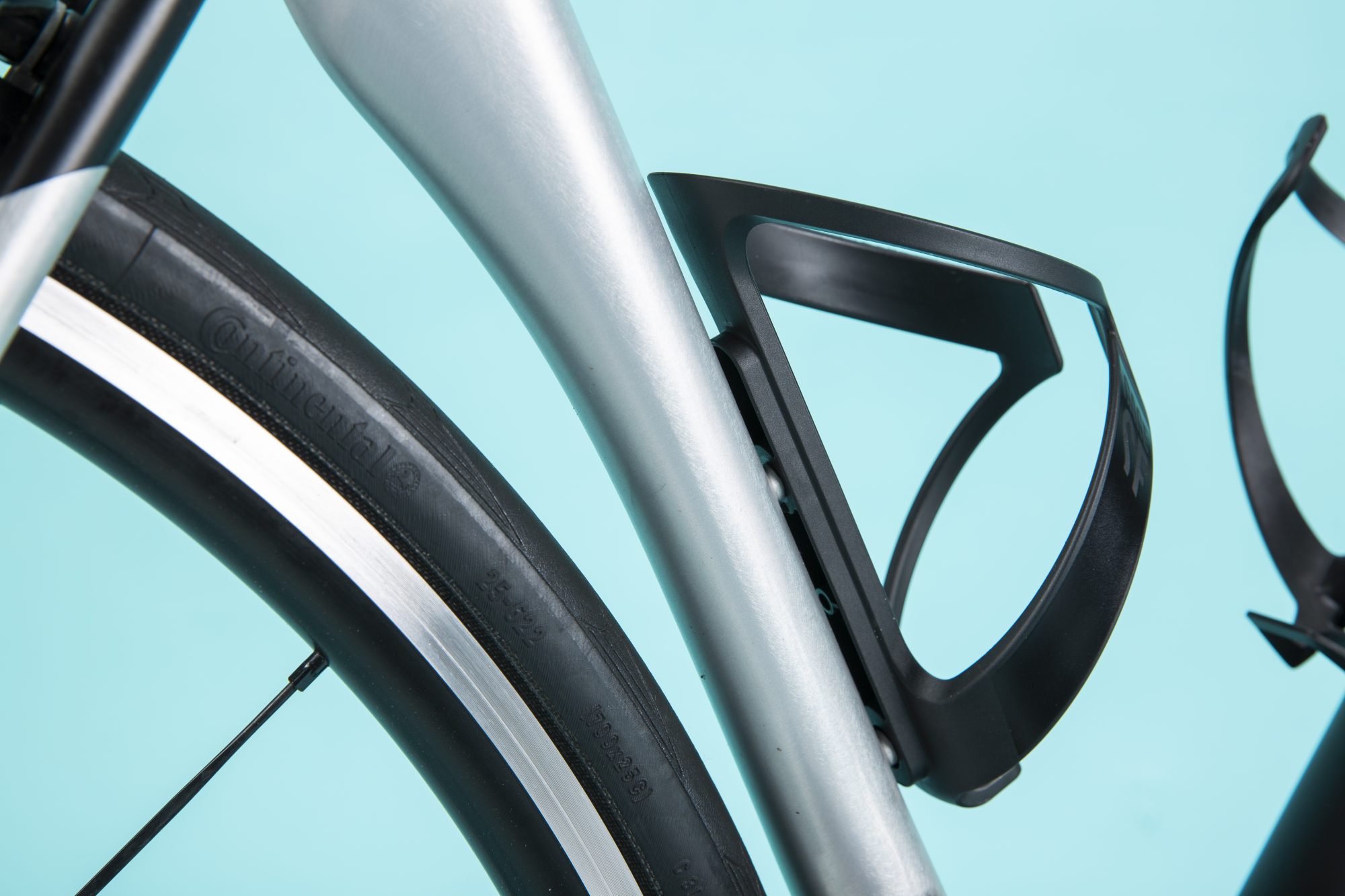
However, the Tresca’s ride has more personality than you can shake a hydroformed tube at. The geometry is designed to be racy, clearances are very tight and with the DT Swiss P1800 Spline not quite centred in the rear dropouts (Tresca explained this was a prototype frame and it would be fixed in production) the 25mm tyre was within a couple of millimetres of the inside of the chainstay, I was slightly concerned that a climbing effort in bottom gear would induce rub but on steep Lake District roads the rear triangle was easily stiff enough to keep the tyre sidewall clear.
With its impressively low weight of 7.71kg for a 105-equipped bike paired with great power transfer the Tresca really excelled in the hills. And on the undulating road around Windermere it felt super responsive with its 978mm wheelbase. With the road slightly damp under the trees for the 14 per cent descent of the notorious Devil’s Gallop I didn’t push it, but the front end felt reassuringly solid and direct.
As for comfort, the good length of narrow carbon seatpost and dropped seatstays work together well but the overall feeling is of a sporty connectedness with the road rather than a plush ride. At this relatively low price point 'endurance' bikes that prioritise softness at the expense of responsiveness are common. The Tresca is not one of those – the TCA feels like more of a race bike that I would say has got the stiffness/comfort balance just right as long as you’re using it to go fast rather than potter.

Thank you for reading 20 articles this month* Join now for unlimited access
Enjoy your first month for just £1 / $1 / €1
*Read 5 free articles per month without a subscription

Join now for unlimited access
Try first month for just £1 / $1 / €1
Get The Leadout Newsletter
The latest race content, interviews, features, reviews and expert buying guides, direct to your inbox!
Simon Smythe is a hugely experienced cycling tech writer, who has been writing for Cycling Weekly since 2003. Until recently he was our senior tech writer. In his cycling career Simon has mostly focused on time trialling with a national medal, a few open wins and his club's 30-mile record in his palmares. These days he spends most of his time testing road bikes, or on a tandem doing the school run with his younger son.
-
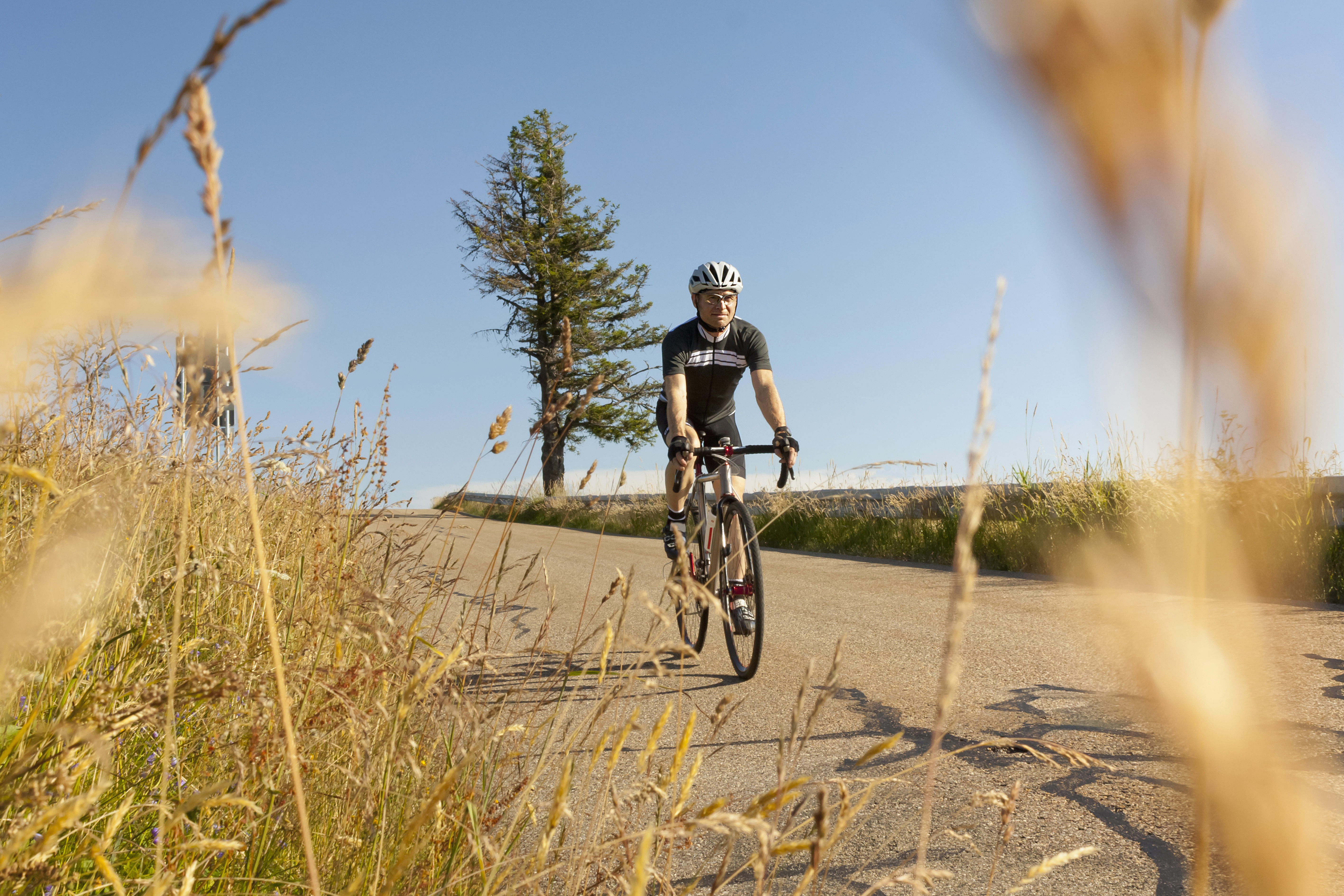 Hayfever and your riding: how to combat it as the pollen strikes
Hayfever and your riding: how to combat it as the pollen strikesExplanations, medications and holistic measures to make your spring and summer riding more enjoyable
By James Shrubsall Published
-
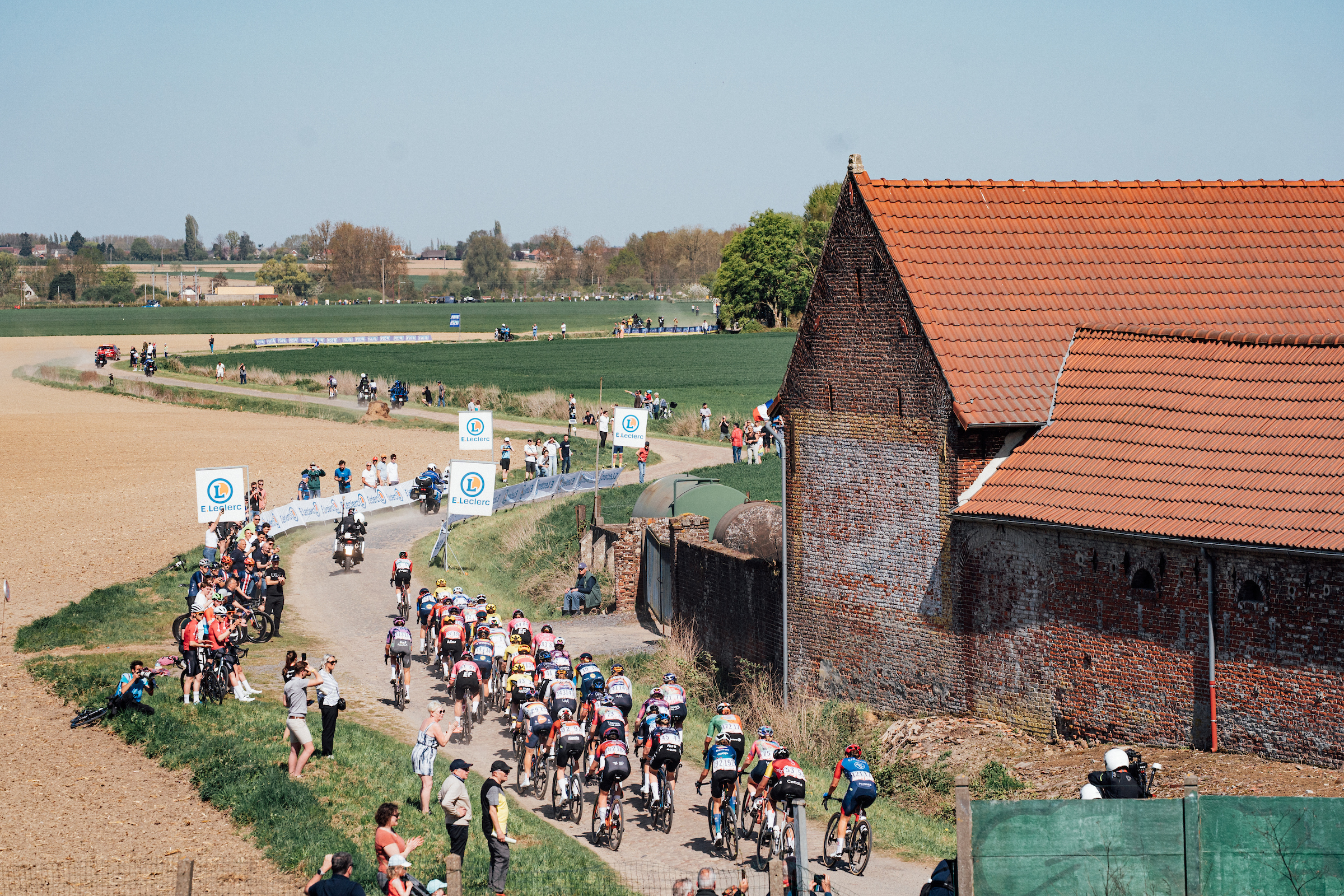 I went to Paris-Roubaix Femmes and was shocked at how it is still treated as secondary to the men’s race
I went to Paris-Roubaix Femmes and was shocked at how it is still treated as secondary to the men’s raceThe women’s version of the Hell of the North is five years old, but needs to be put more on equal footing with the men
By Adam Becket Published
-
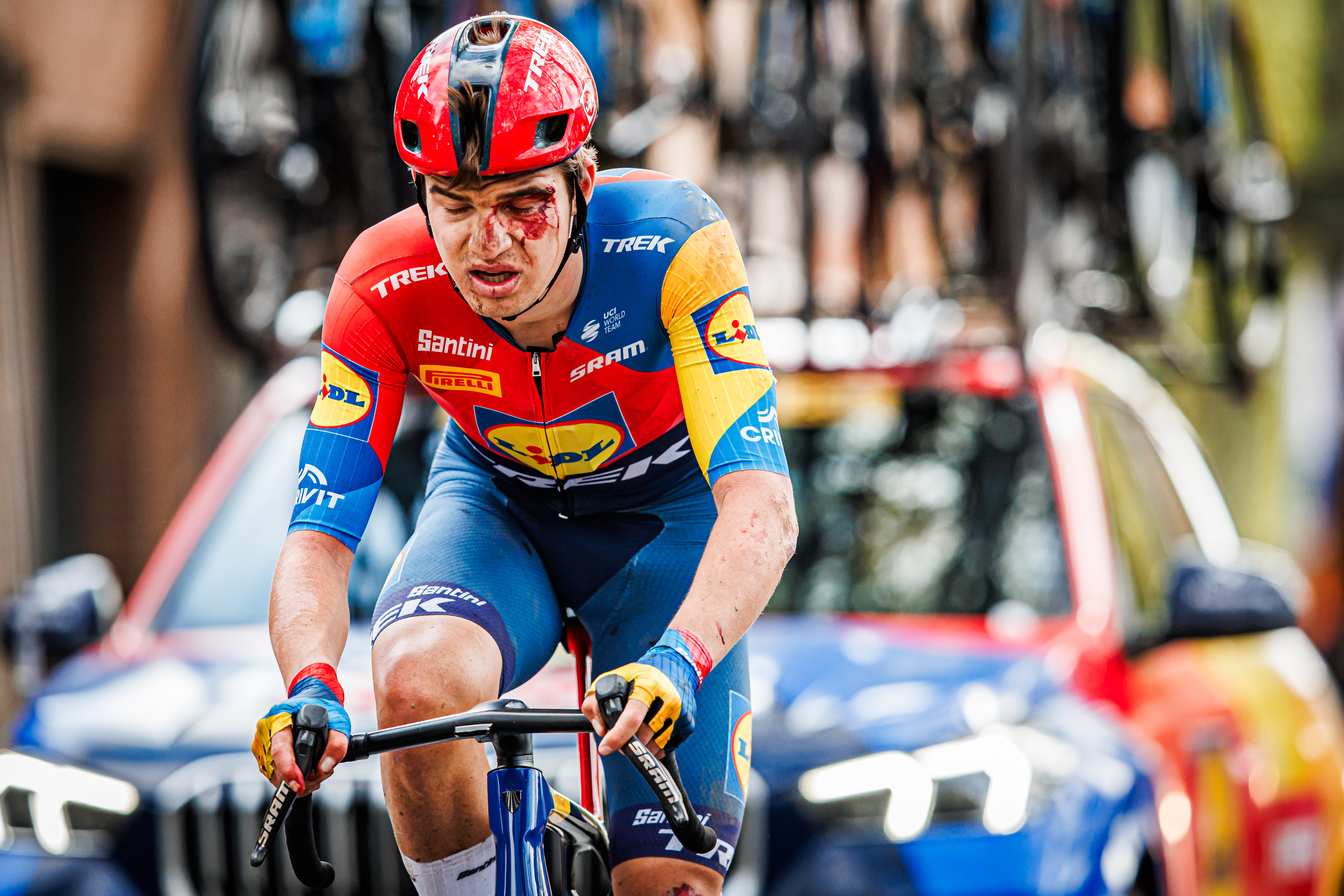 Broken hips, hands, and collarbones: Paris-Roubaix's lengthy injury list lays bare brutality of race
Broken hips, hands, and collarbones: Paris-Roubaix's lengthy injury list lays bare brutality of race"It probably wasn't the best idea to continue," says one of weekend's many wounded riders
By Tom Davidson Published